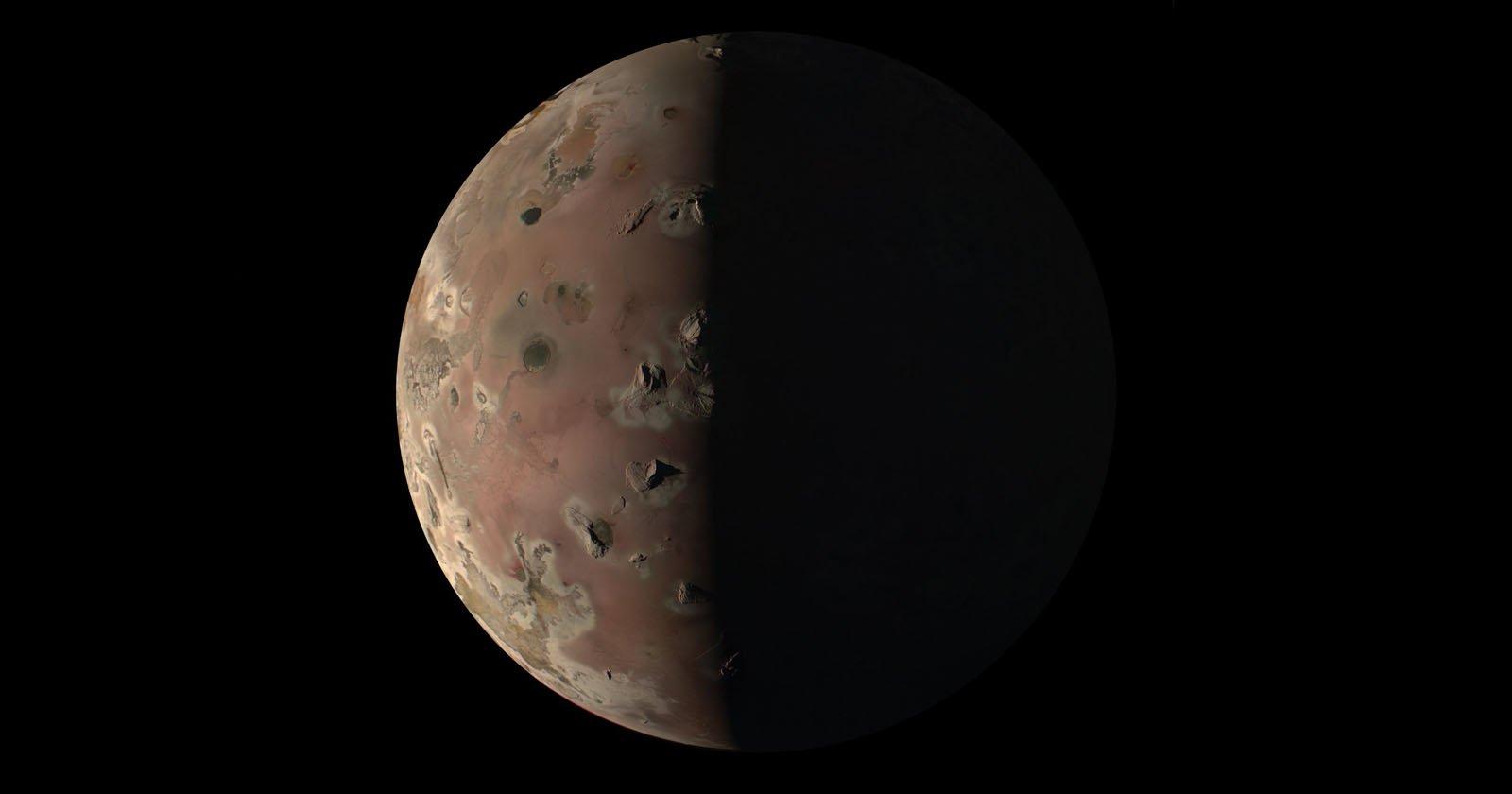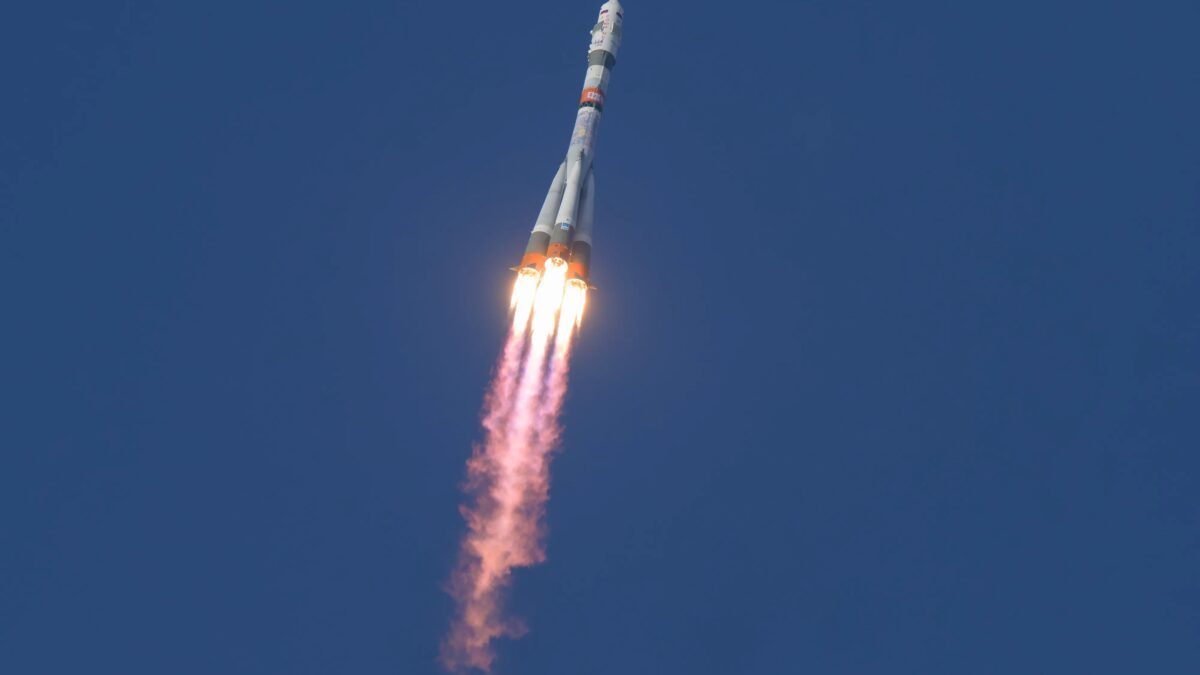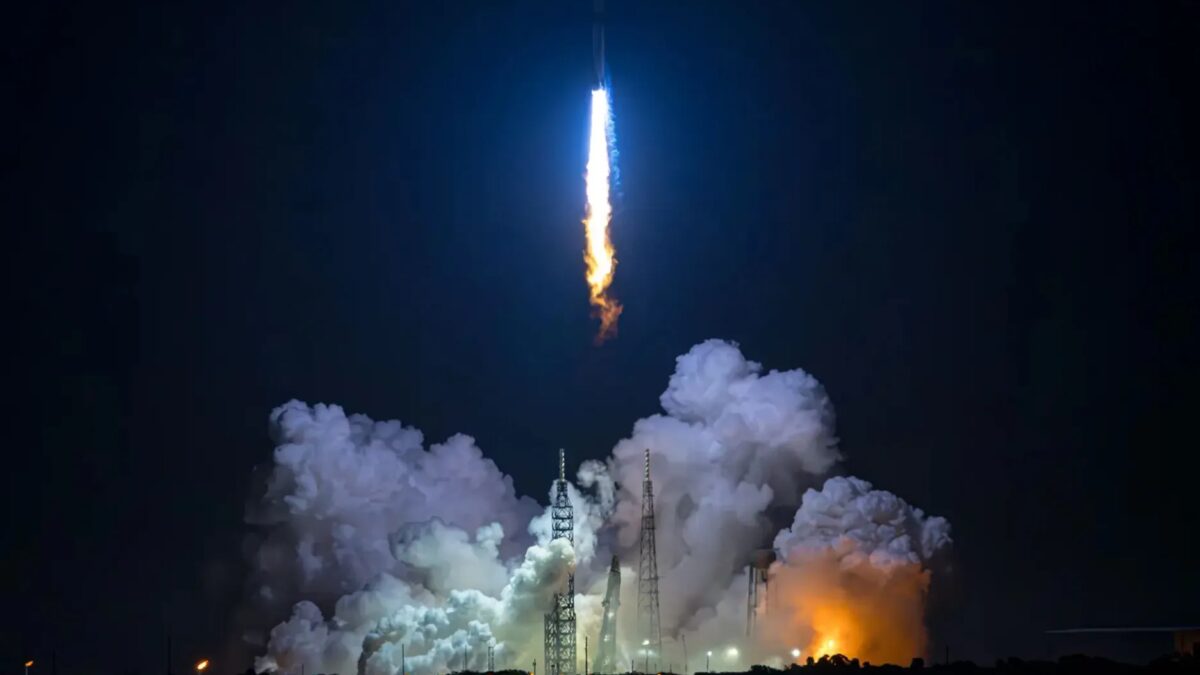Space
NASA has revealed Jupiter’s volcanic satellite, the Juno probe

The Juno probe has made two close flybys of Io — the most volcanically active celestial body in the solar system. The photo was obtained with the JunoCam instrument. It is the first image of the south polar region obtained during the spacecraft’s 60th flyby.
Subscribe
Login
0 Comments
Oldest








